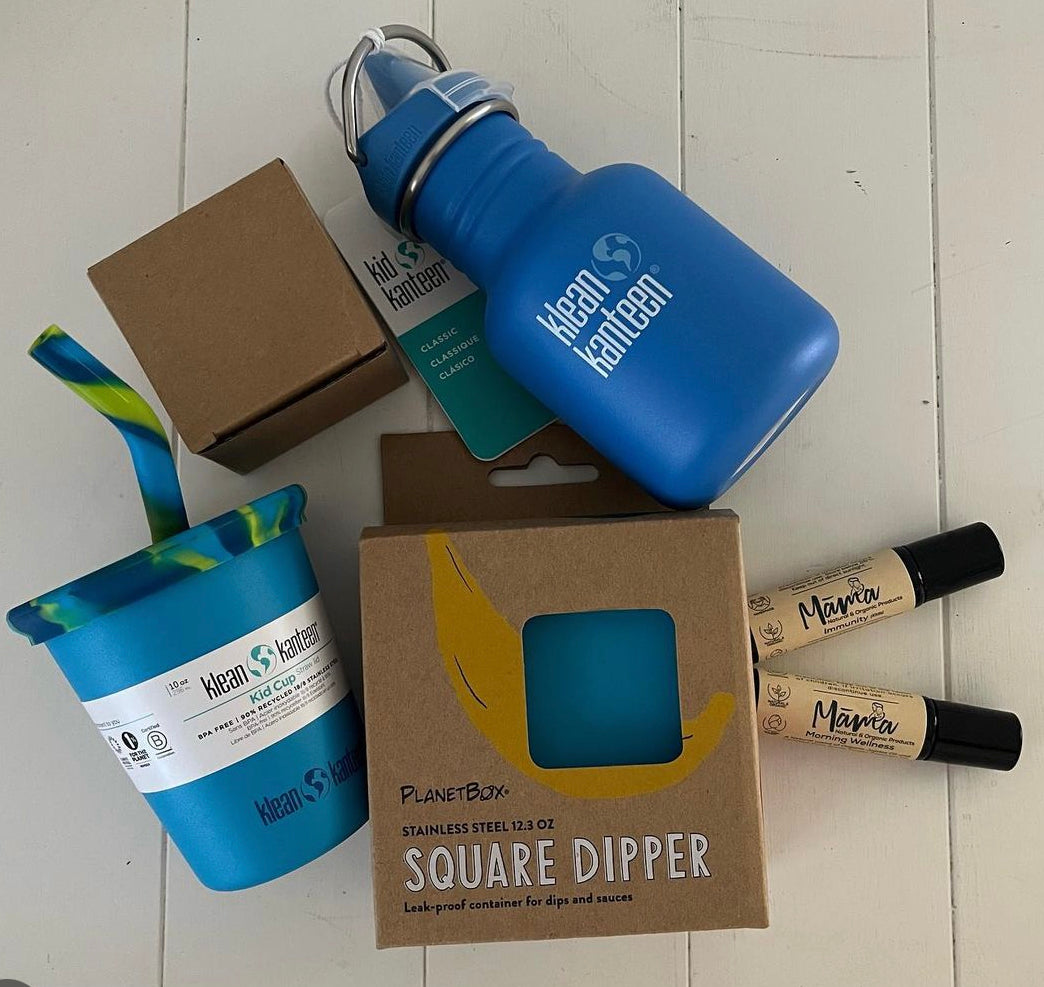The lowdown on BPA and Phthalates

All of the products we stock are listed as BPA (bisphenol-A) and Phthalate (pronounced THAL-ate) free - but what does that even mean and why is it so important to us, and you?
BPA and Phthalates are industrial chemicals used in plastics. BPA has been used in plastic manufacturing since the 1960s to produce strong and resilient plastics for food packaging and home kitchen use. Phthalates are chemicals used to soften plastic. These chemicals are KNOWN to leach into the foods and drinks stored inside plastic bottles and containers.

I was first introduced to this information during our fertility journey back in 2017. After 2 years of failing to conceive, I was trying everything I could to improve our chances of natural conception, when I stumbled across the effects of BPA and Phthalates (coincidentally, I made an order through Earth Mama, then owned by Cindy the founder, replacing my plastic drink bottle and plastic snack containers).
BPA is mostly found in food packaging and exposure is linked to a number of health issues because it mimics the structure and function of estrogen. It binds to estrogen receptors and influences processes such as growth, cell repair, fetal development, energy levels and reproduction. Research suggests that most people over the age of 6 have detectable levels of BPA in their urine. Scary stuff!

Phthalates are EVERYWHERE! Phthalates can be found in plastic food packaging, cosmetics and personal care products, as well as detergents and building material. They are an entire family of chemicals and they all behave differently, but they are all known to negatively affect humans.
WebMD states: “Phthalates affect different groups of people in different ways:
- Unborn babies and children are among the most affected. Phthalates can do more harm to males.
- Kids in puberty are also at risk. Times when our bodies are changing seem to leave us more vulnerable, Zota says.
- Adult women have more side effects than men, possibly because they use more personal care products.”
The side effects range from skin irritation to reproductive system damage and endometriosis. While unconfirmed in humans, phthalates have been proven to cause tumors and cancer in lab rats and other animals.

So now that we know this, what do we do about it? How do we protect ourselves and our children?
- Ditch plastic containers and drink bottles in your home, and avoid it as much as possible when purchasing food - especially if the plastic has been exposed to heat. We have a great range of stainless steel and glass options for food storage, drink bottles and to-go coffee cups.
- Don’t microwave food in plastic containers. While polycarbonate plastics are strong and durable, over time it may break down with exposure to high temperatures.
- Look for BPA-free canned food, and limit your use of canned foods that aren’t BPA free.
- Use baby bottles that are BPA free. Check out our stainless steel baby bottle by Klean Kanteen.
- Read product labels. Phthalates aren’t always listed on the ingredients lists, but if they are it’s usually under their individual acronyms such as DHEP or DiBP. An easier option is to look for “phthalate free” on the packaging.
Check out our great range of products to help you reduce your exposure to BPA and Phthalates.